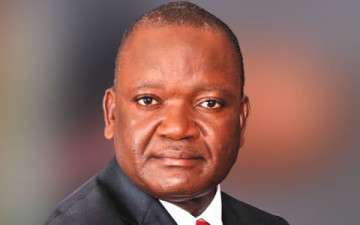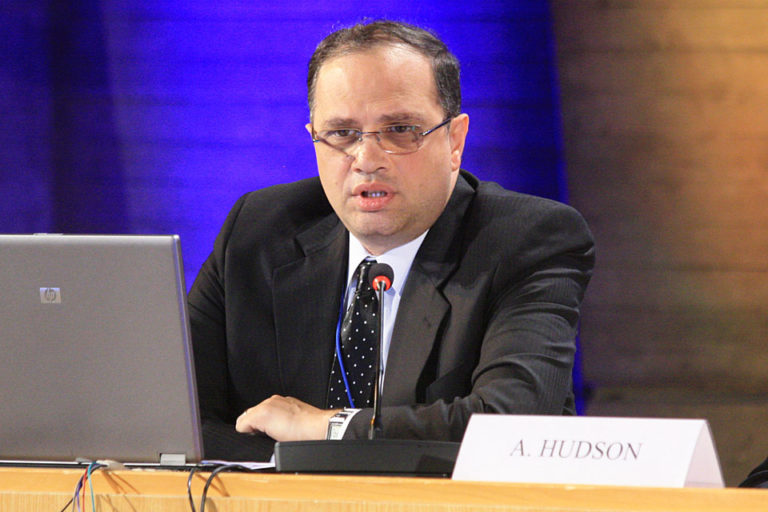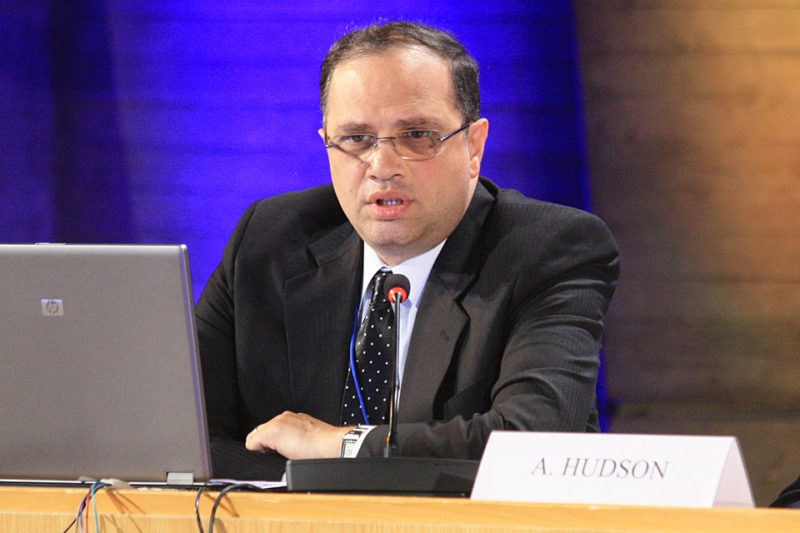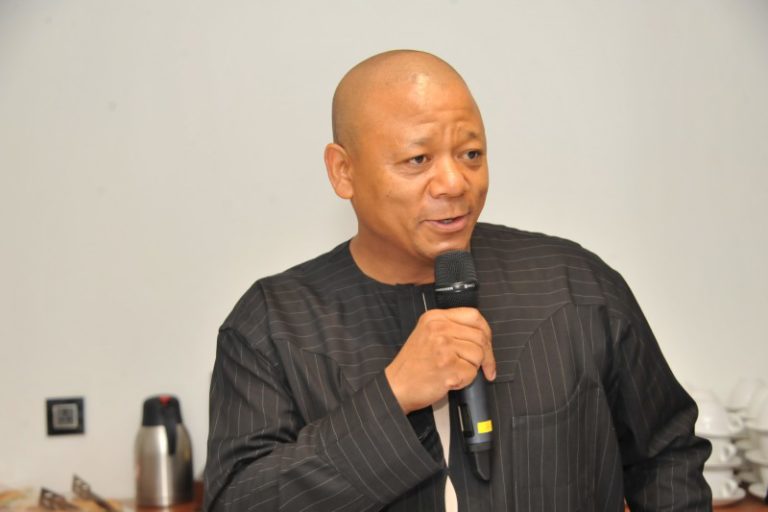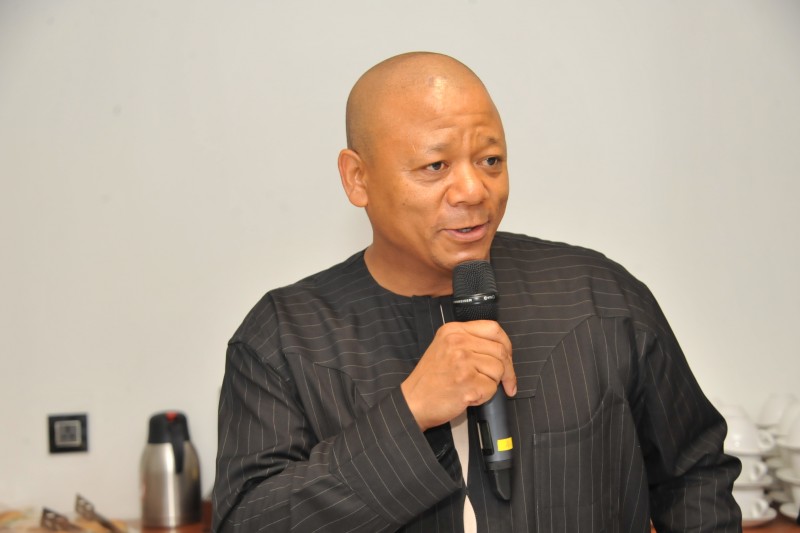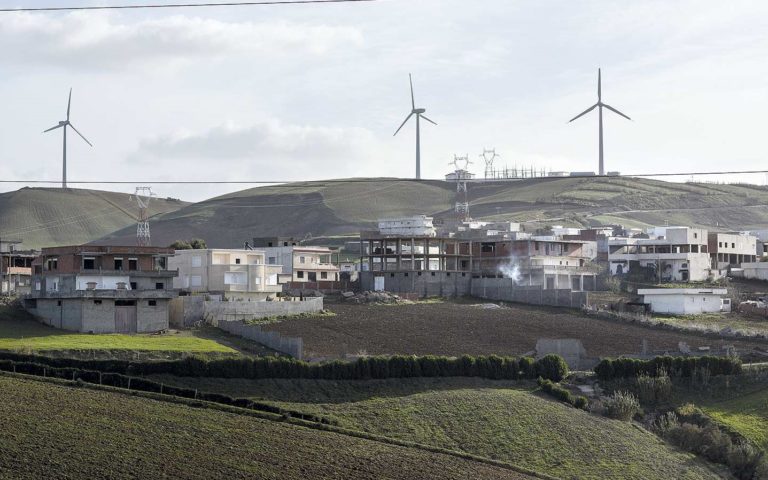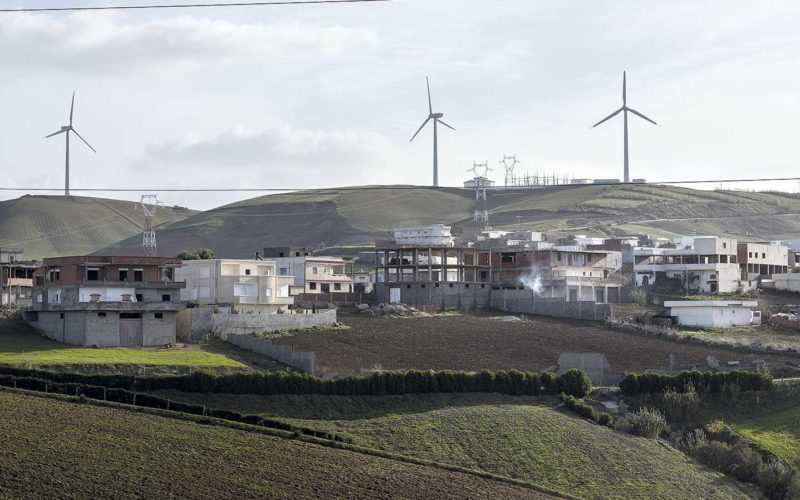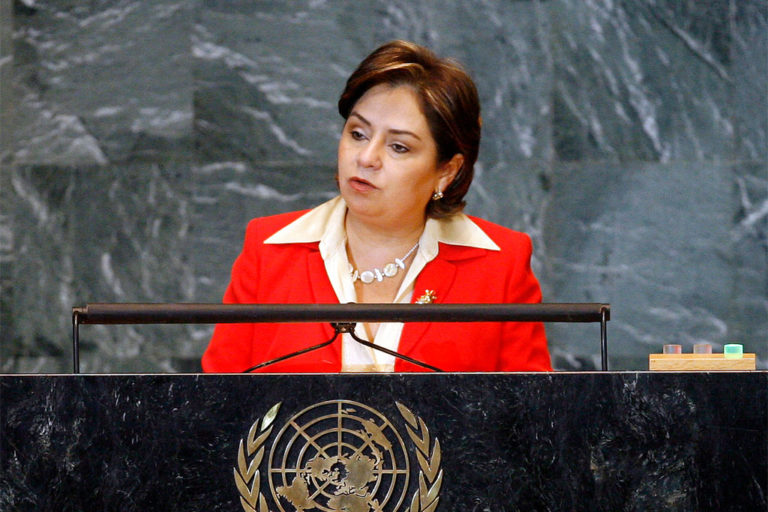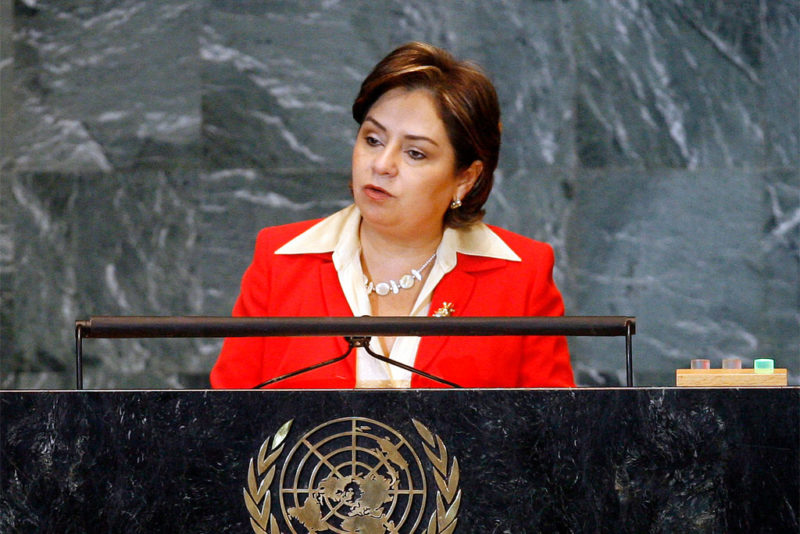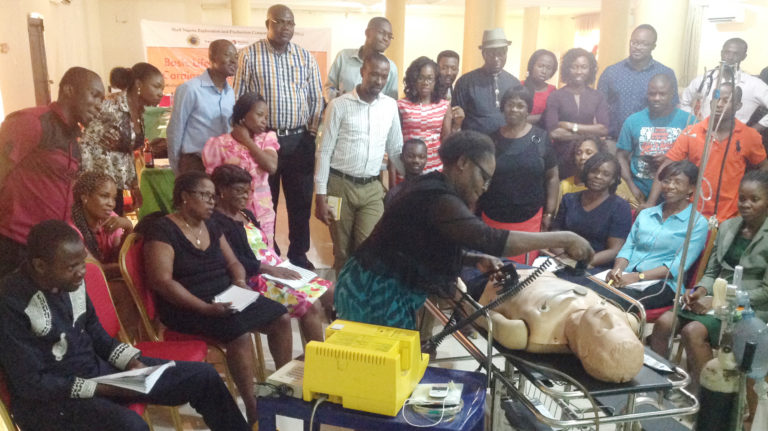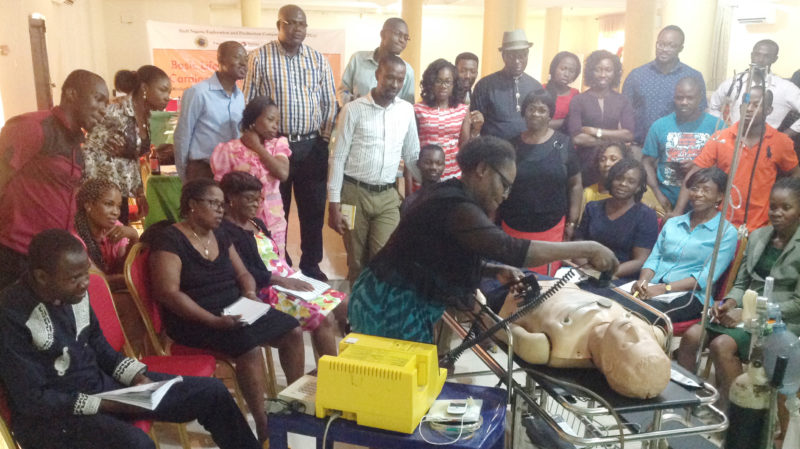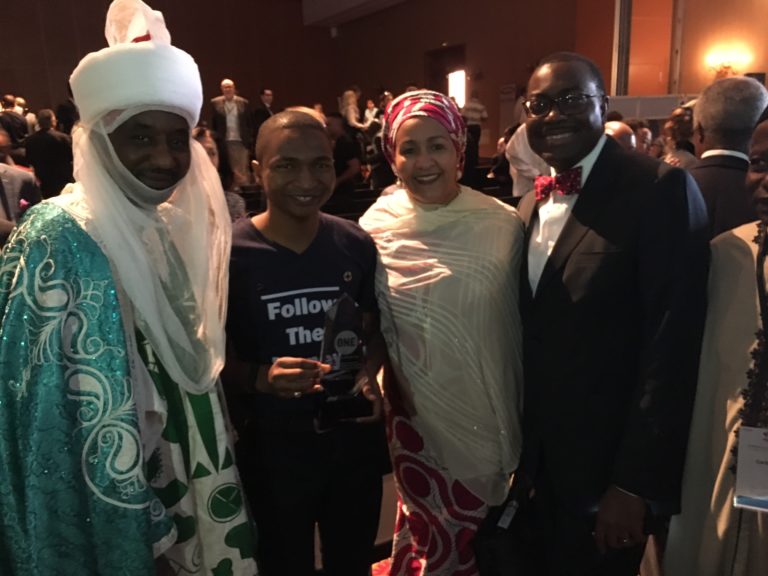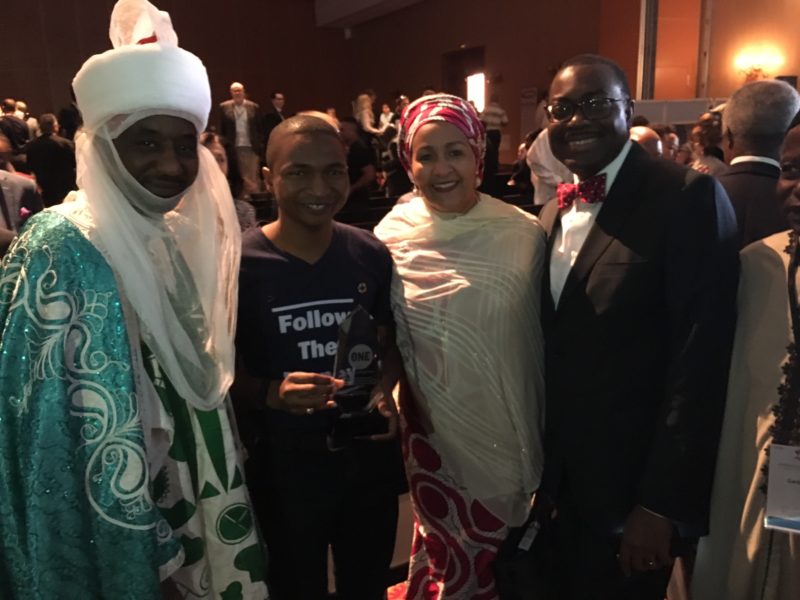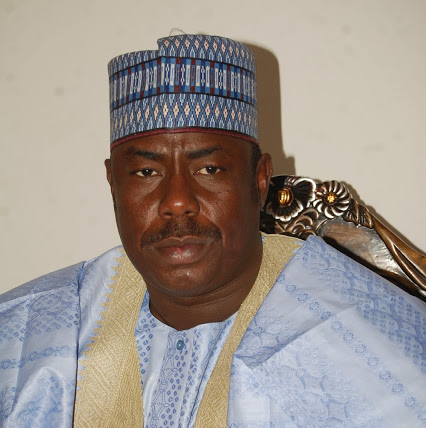Representatives of 11 technical and financial partners of the Abidjan Convention met on Saturday, April 1, 2017 in Abidjan with a view to arriving at an enhanced awareness and coordination of their respective actions, sharing experiences and lessons learned and, eventually, putting together a roadmap for their collaboration.
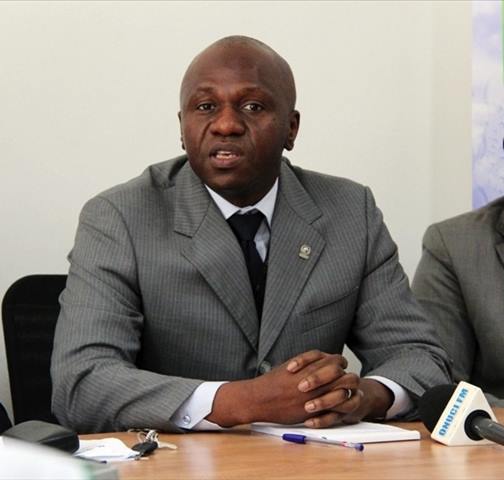
They decided to draw up a proposed matrix and timetable for their activities with the Convention, to be filled in by the participating organisations, along with a calendar of their meetings.
The meeting came on the heels of the 12th Conference of Parties (COP12) to the Abidjan Convention, held from March 27 to 31, 2017. Issues discussed included the possibility for the secretariat of the Convention to provide technical support to the Technical Assistance in the Management of West African Coastal Areas (WACA) programme, more commonly known as the WACA Programme.
Financed by the World Bank, the WACA Programme covers eight West African countries and the April 1 meeting discussed its extension to other countries through the development of a regional action plan.
Collaboration on transborder waters
Other prospects for collaboration on existing or upcoming projects were also explored by the Convention’s partners. In this regard, Grid-Arendal, a Norwegian foundation, the MAVA Foundation, a private Swiss Institution, and the WABiCC Project, financed by the US Agency for International Development, are thinking of collaborating on a project on trans-border waterways in Africa.
WABiCC, which is aimed at helping coastal communities in West Africa to strengthen their resilience to climate change and at protecting and preserving biodiversity, provides support to the Abidjan Convention Secretariat, including in the fight against invasive species and wildlife trafficking.
The creation and management of protected marine areas is the area in which the Regional Network of Protected Marine Areas, RAMPAO, WABiCC, Birdlife International and Grid-Arendal hope to work together. The drawing up of an additional protocol to the Abidjan Convention on protected marine areas was also proposed at the meeting. Collaboration in this regard would link the Convention secretariat and the Regional Programme for the Conservation of the Coastal and Marine Area in West Africa.
The regional programme is a joint initiative of the International Union for the Conservation of Nature, World Wildlife Fund, Wetlands International and the International Foundation of the Arguin Bank in partnership with the Sub-regional Fisheries Commission.
Protection of endangered aquatic species
For its part, the U.S. Africa Command, USAFRICOM, and the Abidjan Convention plan on collaborating on the protection and conservation of endangered aquatic species. The two institutions have already been collaborating over the past five years on environmental security.
Portsmouth University in the United Kingdom, which has been working on assessing the value of ecosystems and the Sargasso weed, is thinking of contributing to a project to evaluate ecosystem services in the Abidjan Convention area, while the Economic Development Bank of Central Africa, BDEAC, could help the Convention with regard to mobilising resources and financing activities.
Also represented at the encounter was the Mano River Union, an inter-state organisation that brings together Côte d’Ivoire, Guinea, Liberia and Sierra Leone, and which constitutes the world’s third most important ecosystem

